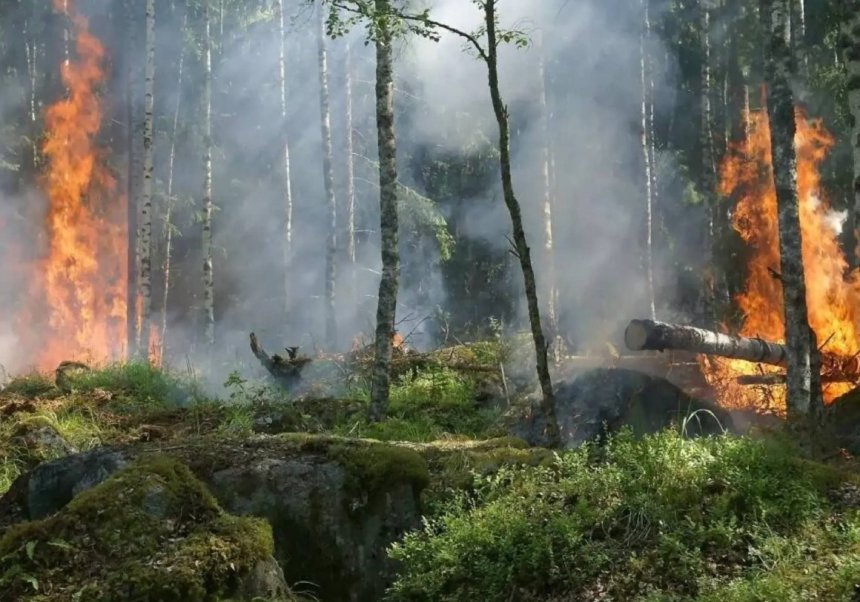
The team at the Desertification Research Centre (CIDE, UV-CSIC-GVA) has carried out the first global, systematic and quantitative study on the effects of changes in fire regime on vegetation. The results show that intensified fire regimes reduce woody plants abundance, diversity and fitness, especially in conifer forests. The paper is published in the journal Global Ecology and Biogeography.
Fire regimes are shifting abruptly due to global change, they are becoming more frequent and severe. Such intensification of the fire regimes can significantly alter plant communities, and the structure and functioning of ecosystems. This is confirmed by the study carried out by the Desertification Research Centre (CIDE), a joint centre of the Universitat de València (UV), the Spanish Research Council (CSIC) and the Valencian government (GVA). After examining over 2,000 records of fires worldwide, the study found that intensified fire regimes due to climate change and other human activities are reducing woody plants abundance, diversity and fitness, especially in conifer forests.
‘This is the first global, systematic and quantitative study on the effects of intensified fire regimes’, stated Juli G. Pausas, CSIC researcher at the CIDE and main author of the study, which was published in the Global Ecology and Biogeography Journal. The authors carried out a global systematic review and meta-analysis, which allowed them to analyse a large amount of data from very different sources. They computed 2,363 cases from 394 studies from all over the world, especially from the northern hemisphere.
The study shows that the main risk for plants is the severity of the fires. ‘The negative effects are higher for woody plants than for herbs, because the severity is greater than the frequency’, explained Bruno Moreira, CSIC researcher at the CIDE and author of the study. The results also show that some vegetation types are more resistant than others. ‘Conifer and mixed forests are more vulnerable to the intensification of fire regimes than open ecosystems such as meadows and brushes. This is related to the possible change from less intense surface fires to more intense crown fires’, ensured Roger Grau-Andrés, CSIC researcher at the CIDE and author of the study.
According to Pausas, ‘Mediterranean brushes have had many crown fire regimes that have historically burned with intensity, and these ecosystems are highly resilient to such conditions. However, in this case, an increase in the frequency of the disturbance can lead to a decrease in diversity.’
Scientific basis for fire management
Another example of a threatened species before the fire regime changes is the Austrian pine or Pinus nigra, which is widespread in the Iberian Peninsula. ‘This tree is able to survive low-intensity fires thanks to its thick bark, which isolates it from the flames, and its lack of branches on the underside, which prevents the fire from spreading to the crown. Nevertheless, in the case of more intense fires or fires that affect the whole tree, these defences are not enough and the plant does not survive’, explains Moreira.
The researchers highlight that this study ‘provides a scientific basis to help the decision making in ecosystem conservation and fire management policies’, since the general patterns of plant response before the intensified fire regimes are easily identified, as well as the determinants. ‘More than a single unified policy, it is important to understand which ecosystems may be more vulnerable, and to set priorities for action’, holds Pausas. ‘Unlike the more resilient ecosystems, where the best conservation strategy might be to take no action, conifer forests need appropriate management’, he adds.
The study is funded by the ForScales Project (GVA) and the FirEUrisk Project (European Commission).
References:
Grau-Andrés, R., Moreira, B., & Pausas, J. G. "Global plant responses to intensified fire regimes". Global Ecology and Biogeography, e13858. DOI: https://doi.org/10.1111/geb.13858











